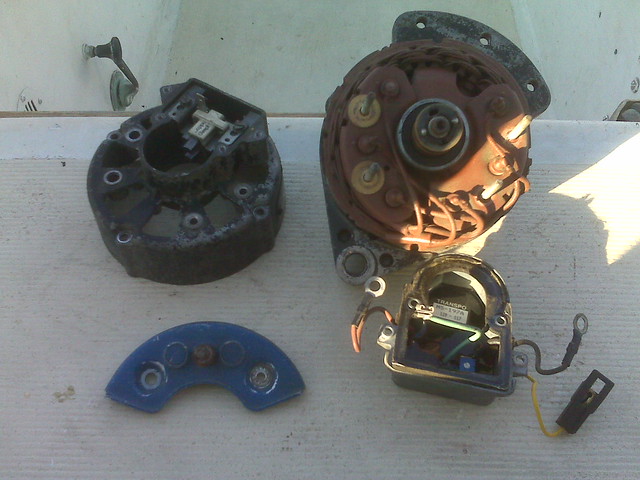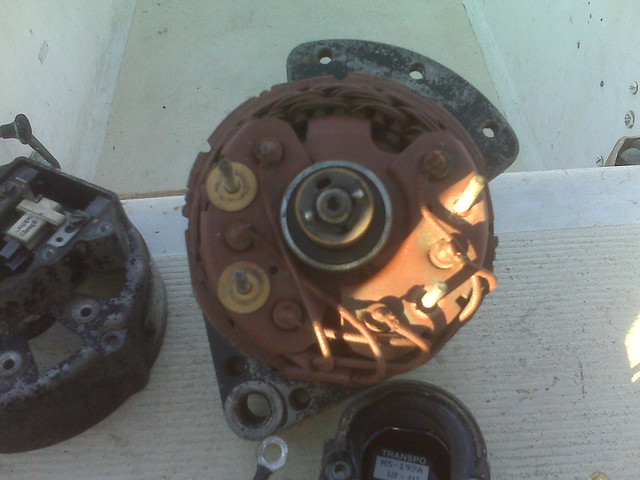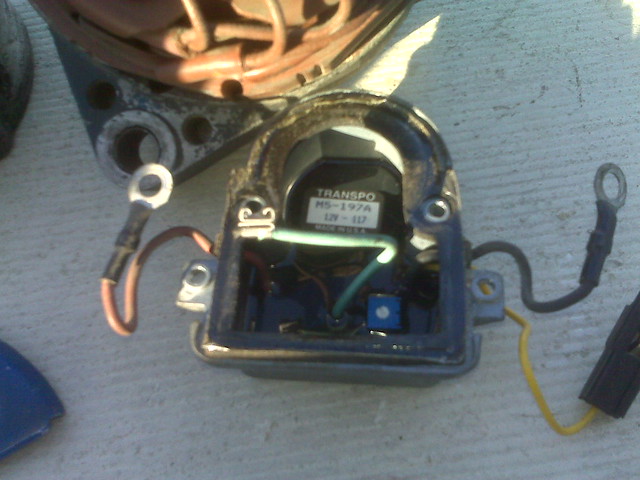Neil, in your Ignition System Theory tests are you including Voltage at the + coil with your coil temp?
It would be interesting to know if there was a correlation between the two.
I'm suspecting that for a range of values there is a relationship.
It would be interesting to know if there was a correlation between the two.
I'm suspecting that for a range of values there is a relationship.
 ) The alternator shop has the Transpo M5-197 regulator in stock for about $38, which I believe it is a direct replacement. I will report back how that goes.
) The alternator shop has the Transpo M5-197 regulator in stock for about $38, which I believe it is a direct replacement. I will report back how that goes.
 , related to providing various coil data.) - I currently have a 1.4 ohm ballast resistor blocking some voltage to the new 1.5 ohm coil, as recommended by a Pertronix tech. Additionally, I have a new 3.0 ohm coil and the old failed 3.0 ohm Pertronix coil available for testing all of Neil's various theories..I agree...it should be interesting.
, related to providing various coil data.) - I currently have a 1.4 ohm ballast resistor blocking some voltage to the new 1.5 ohm coil, as recommended by a Pertronix tech. Additionally, I have a new 3.0 ohm coil and the old failed 3.0 ohm Pertronix coil available for testing all of Neil's various theories..I agree...it should be interesting. ).
). - Hanley's recommendation to have a good voltmeter aboard to check the voltage at various spots in the circuit is key..I printed out a copy of my electrical schematic and recently notated voltages at various locations (coil, battery(ies), isolator, common post, etc.) to help with diagnostics. It helped me to lay out a picture of the charging circuit in action.
- Hanley's recommendation to have a good voltmeter aboard to check the voltage at various spots in the circuit is key..I printed out a copy of my electrical schematic and recently notated voltages at various locations (coil, battery(ies), isolator, common post, etc.) to help with diagnostics. It helped me to lay out a picture of the charging circuit in action.



Comment